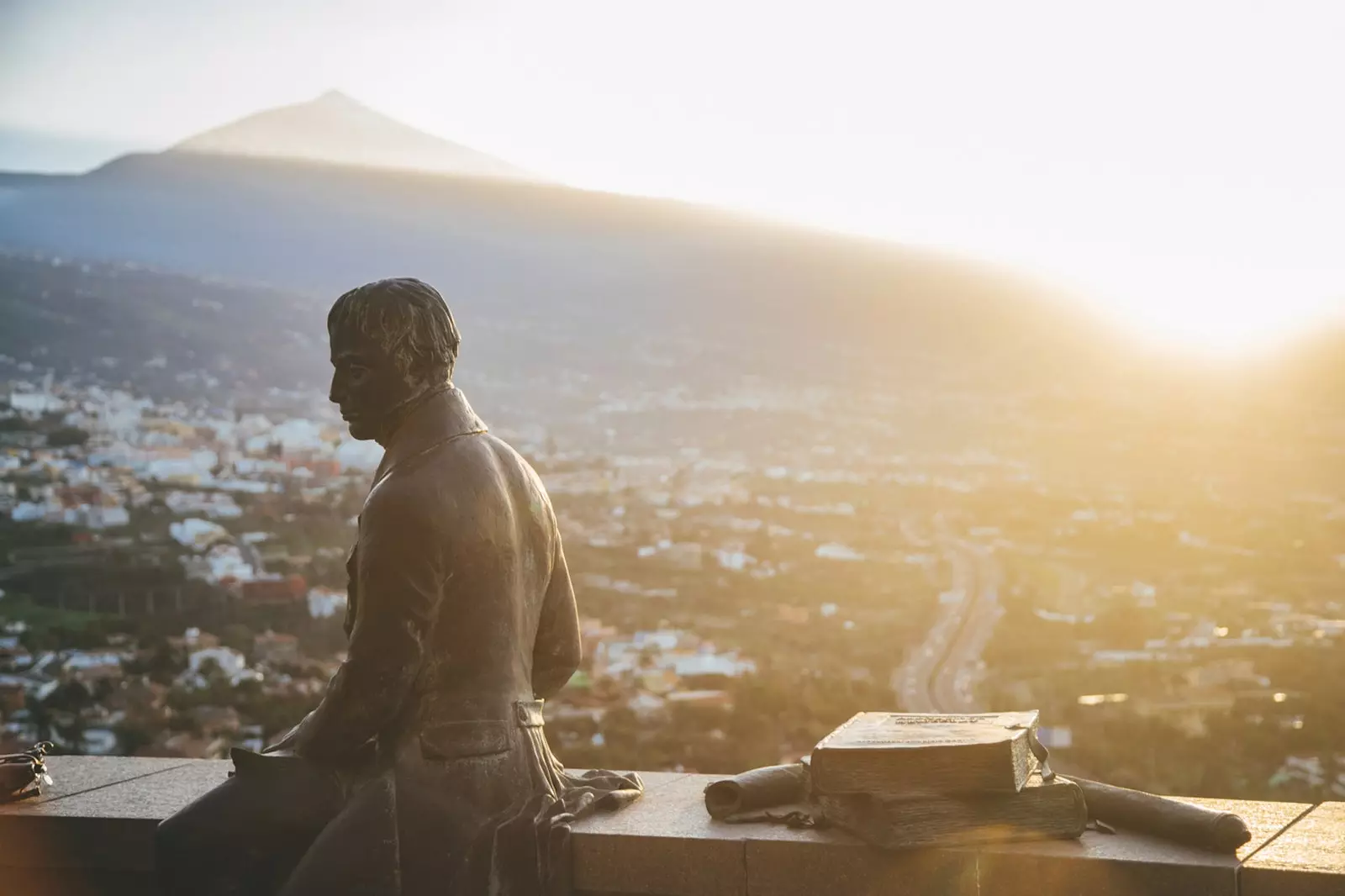
Views of the La Orotava valley from the Humboldt viewpoint.
Alexander von Humboldt in Tenerife walked, observed and collected a lot of material, especially ideas. Ideas that it seems that nature whispered in your ear and he aimed with head and heart. He wrote about science with the sentiment of a poet. Goethe said that reading him plunged him into the deepest regions. Although when he reached the summit of the Pico del Teide he climbed higher than the first European aeronauts with his balloons. Humboldt docked at the Santa Cruz roadstead, after a minimal visit to the island of La Graciosa, the June 19, 1799. He disembarked from the corvette Pizarro, which the Spanish Crown placed at his disposal, accompanied by Aimé Bonpland and the measuring devices that he never parted with: to measure atmospheric pressure, temperature, the blue of the sky, the angle of any celestial body in relation to the horizon... and a notebook in which he recorded everything. He was a notary with an outdoor notary office.
“We discovered Punta de Anaga, but the peak of Tenerife, the Teide, remained invisible. When the mist dissipated, it was possible to contemplate the summit of the volcano, above the clouds” , he writes in relation to that volcanic pyramid hidden in part by what is known as donkey's belly, which born at the bottom of the ocean, at a depth of three thousand meters, and rises 3,718 meters above the water. The Teide it is one of the many volcanoes that exist on the island; there were others who became taller than him.
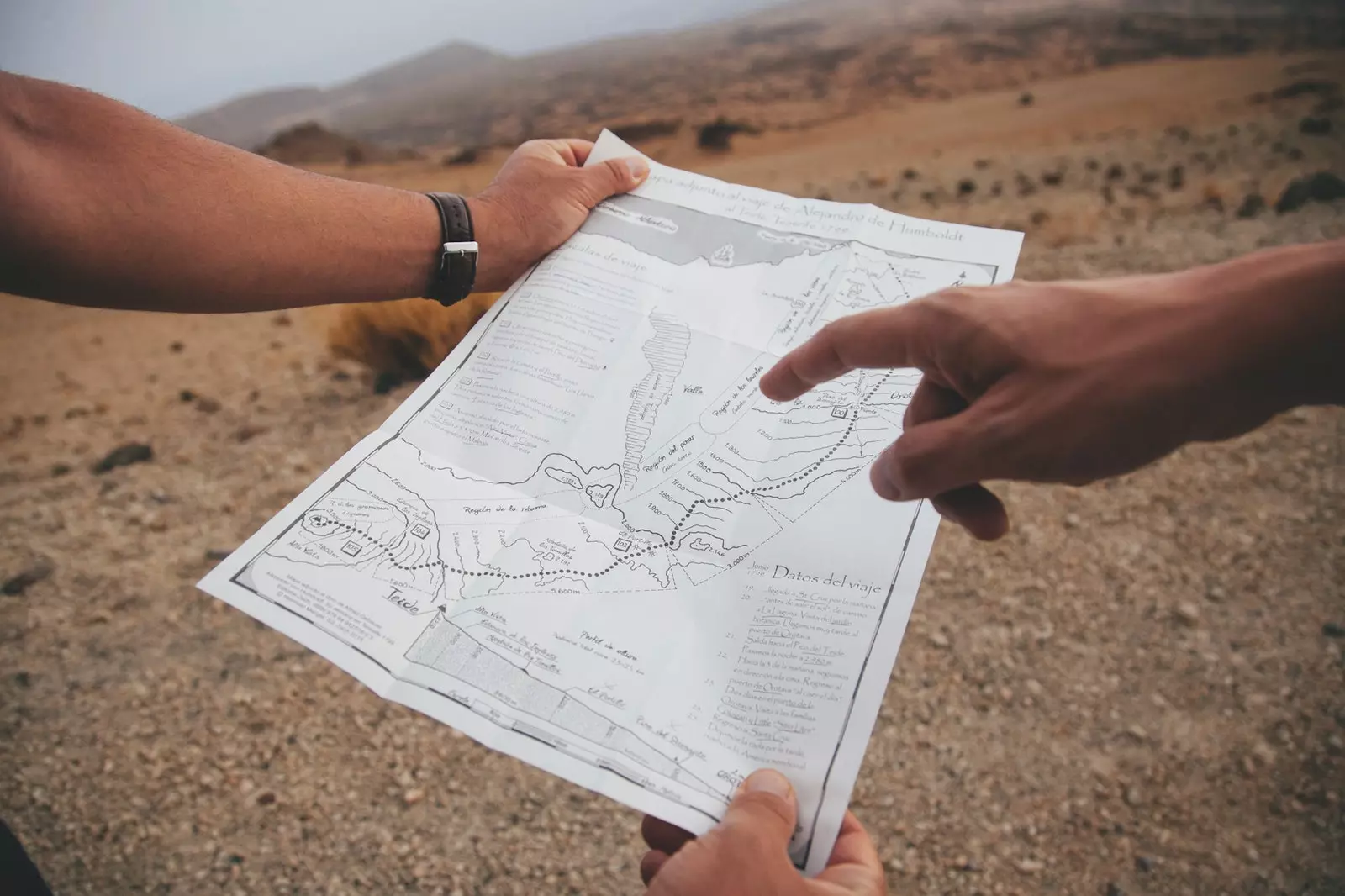
Map of the route of Humboldt's ascent to the Pico del Teide in June 1799.
By then the Canary Islands were a laboratory in which American crops were tested before being sent to the peninsula. Tenerife, an island of trial and error, immediately connected with Humboldt. During the six days he spent in Tenerife, Humboldt was in Santa Cruz, La Laguna, Puerto de la Cruz, the valley of La Orotava and Mount Teide, in which he summited. And he returned full circle to continue the great voyage of exploration that he undertook between 1799 and 1804 in Central and South America.** The notes he took were longer than his visit.**
Some of those notes illustrated how to promote a destination without resorting to clichés: “The man sensitive to the beauties of nature finds in this delightful island remedies even more potent than the weather. No other mansion seems to me more appropriate to dissipate melancholy and restore peace to a painfully agitated soul than that of Tenerife”. The message went viral and many wealthy Englishmen came to this forest of laurels, strawberry trees and pines what is Tenerife to cure his tuberculosis, consumption, drops and rheumatism.
The first day of his stay was dedicated to Santa Cruz, which at that time was neither capital nor prosperous, but a commercial port of fishermen and humble people. He compared it to La Guaira, in Venezuela: “The heat is excessive, looking sad. On a narrow and sandy beach are dazzling white houses with flat roofs and unglazed windows, leaning against a wall of steep black rocks and bare of vegetation. A beautiful wharf built with ashlars and the public promenade planted with poplars are the only objects that interrupt the monotony of the landscape”.
What entertained him and Bonpland was the garden of the house where they were staying, property of an infantry regiment commander, in which there was a banana tree, a papaya, the Poinciana pulcherrima and flora that until then they had only seen in greenhouses.
The next morning they went to The lagoon, 15 kilometers away and 550 meters above sea level, along a path parallel to a narrow and winding stream. Along the way, Humboldt he wondered why there were so few camels on the island and he noted the change in temperature, which was no longer suffocating.
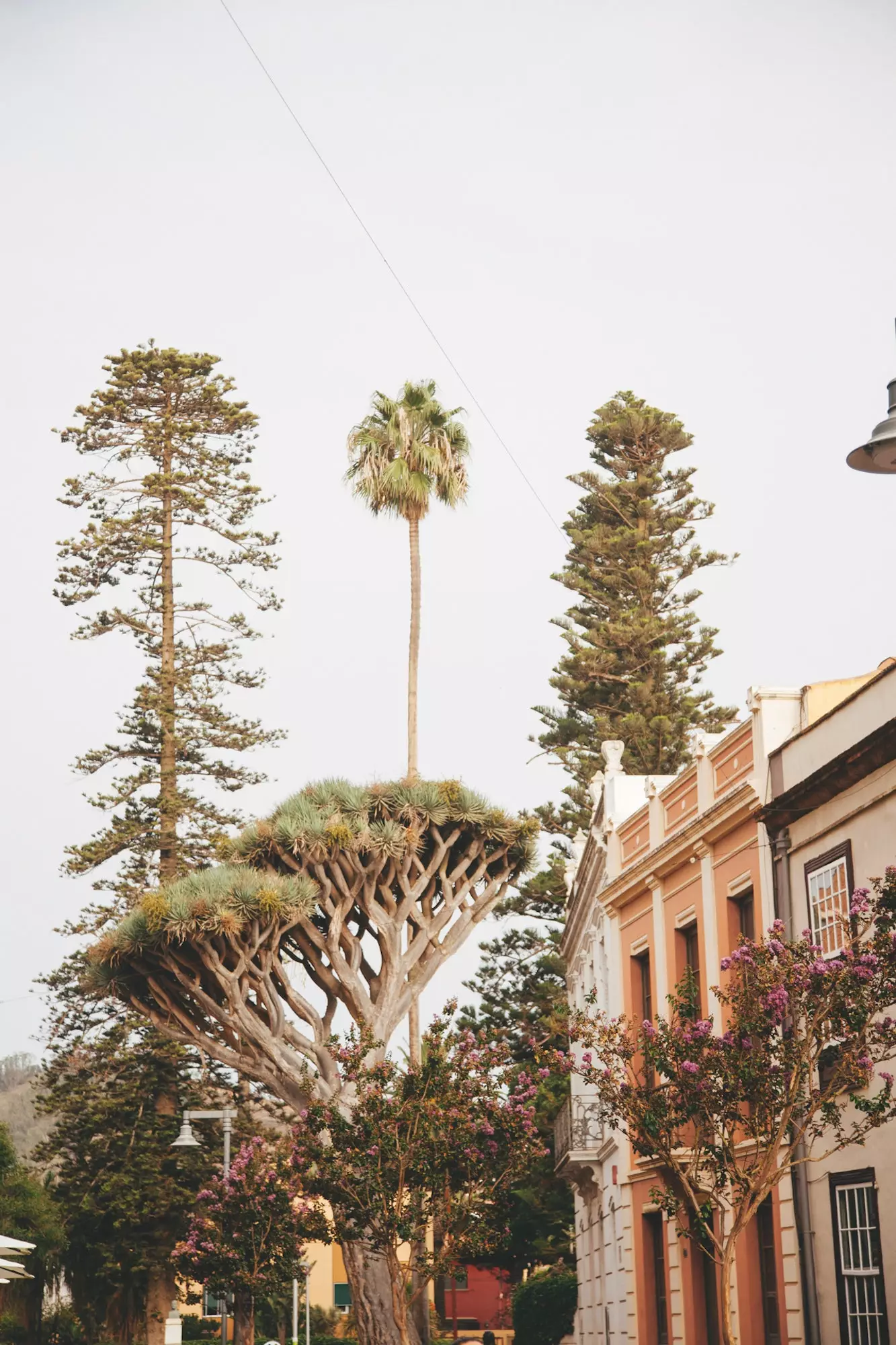
La Laguna, a fresh, flat city with wide streets and buildings pregnant with balconies, was the capital of Tenerife when Humboldt visited it.
La Laguna is the opposite of Santa Cruz, a cool, flat, unfortified city and the capital of Tenerife when Humboldt arrived. Its historic center is rationally planned, with wide streets and buildings pregnant with balconies that do not exceed four floors. Tea wood and volcanic stone, quality indigenous materials. Remember Cartagena de Indias, Colombia. Humboldt did not miss the fact that, in addition to the dragon tree of the Plaza del Adelantado, the vegetation was just as present as the churches and hermitages.
His next stop was the Port of La Orotava, today Puerto de la Cruz, where it arrives after crossing the Tacoronte valley and passing through the hamlets of La Matanza and La Victoria, environment of Malvasia vines that are cared for like a garden, write in your notebook.
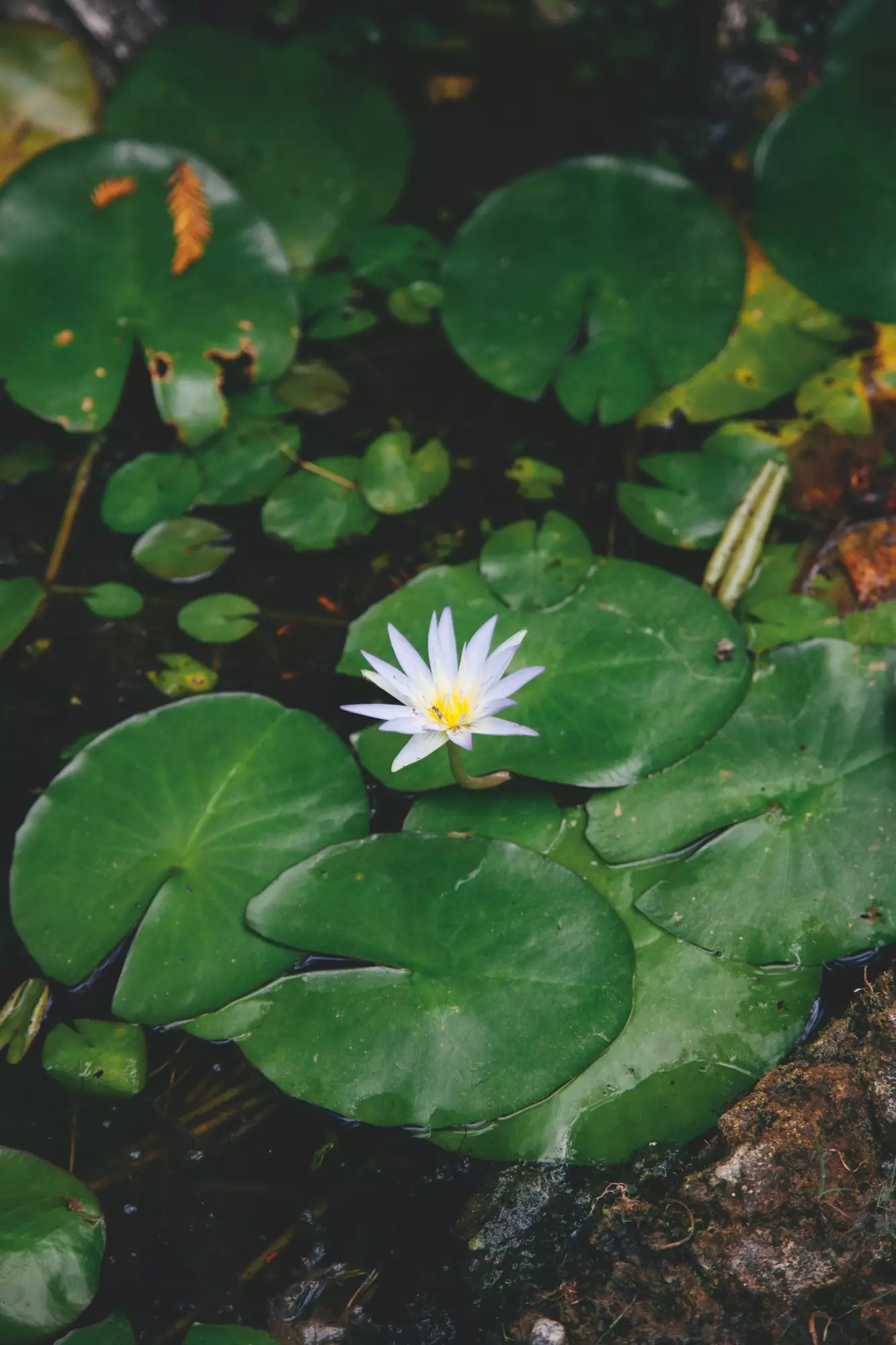
Water lilies in the Botanical Garden of Puerto de la Cruz, "a plant temple with extremely exotic species" in the words of the Basque journalist Ander Izagirre.
There is no beautiful garden that is not strict. Trees, plants and flowers grow what the geometry allows them to. The Botanical or Acclimatization Garden in Puerto de la Cruz, one of the most visited places on the island, It is the second oldest in Spain, after the one in Madrid. Like this, it was founded by order of Carlos III in the 18th century with the aim of acclimate species from colonies to cooler conditions, before moving them to the royal gardens of Aranjuez and Madrid. Humboldt interpreted it as a progress in botany and felt it as the prologue of nature that was to be found in America... but domesticated.
In the garden he waited for him Le Gros, the French vice-consul, with whom he will crown the Pico del Teide. searched local guides and mules for the expedition and slept in the house of the Cologons, today transformed into the Marquesa hotel. There was no distinguished family on the island that did not want to receive Humboldt, a guest who barely stayed a few hours in the houses to which he was invited.
The June 21, 1799 “It was not a very beautiful day, the top of the Pico del Teide, generally visible in La Orotava, was covered with thick clouds”, he wrote in his notebook. Ahead was waiting for him. ascent from the black sand beach of the Pier, in Puerto de la Cruz, up to 3,718 meters of altitude in little more than thirty kilometers. There are not many places in the world where banana trees and snow are so close to each other.
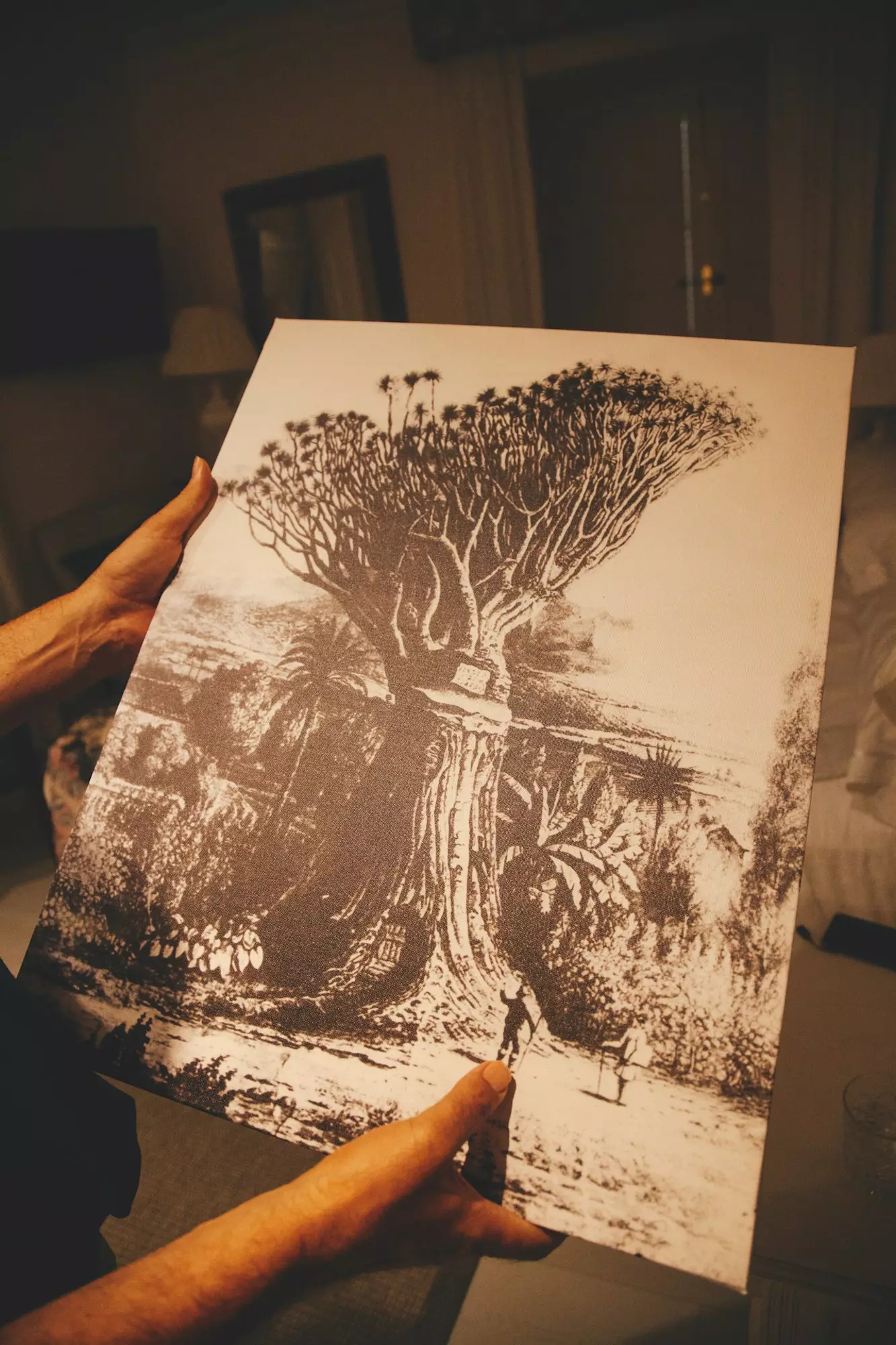
Engraving of the great thousand-year-old dragon tree that was in the gardens of the Fanchi family, in La Orotava. It was destroyed by a storm in 1867.
In La Orotava he was able to see and draw the thousand-year-old dragon tree –20 meters high and 24 meters in circumference– that rose in the Versailles gardens of Fanchi house. Inside, a group of twelve people could meet, have tea or take communion, since it served as a chapel. Although we can only imagine the great dragon tree –a storm destroyed it in 1867–, the kindness of Carmen Cologíagan and her son Conrado Brier, the current owners of this residence converted into a hotel and space to celebrate weddings, it is the same that her ancestors dispensed to the scientist.
From the valley of La Orotava you can see the Atlantic, the rock wall of Tigaiga and, standing out from behind, the Teide. A good place to put a viewpoint baptized with the name of Humboldt. A valley from which she observed how the vegetation varies, from the coast to the summit, in five geobotanical floors: first, up to five hundred meters of altitude, they concentrate humans, palm trees, banana trees and vineyards. Then, up to 1,750 meters, the laurels and fountains. Above, pines and, from 2,300 meters, brooms and grasses.
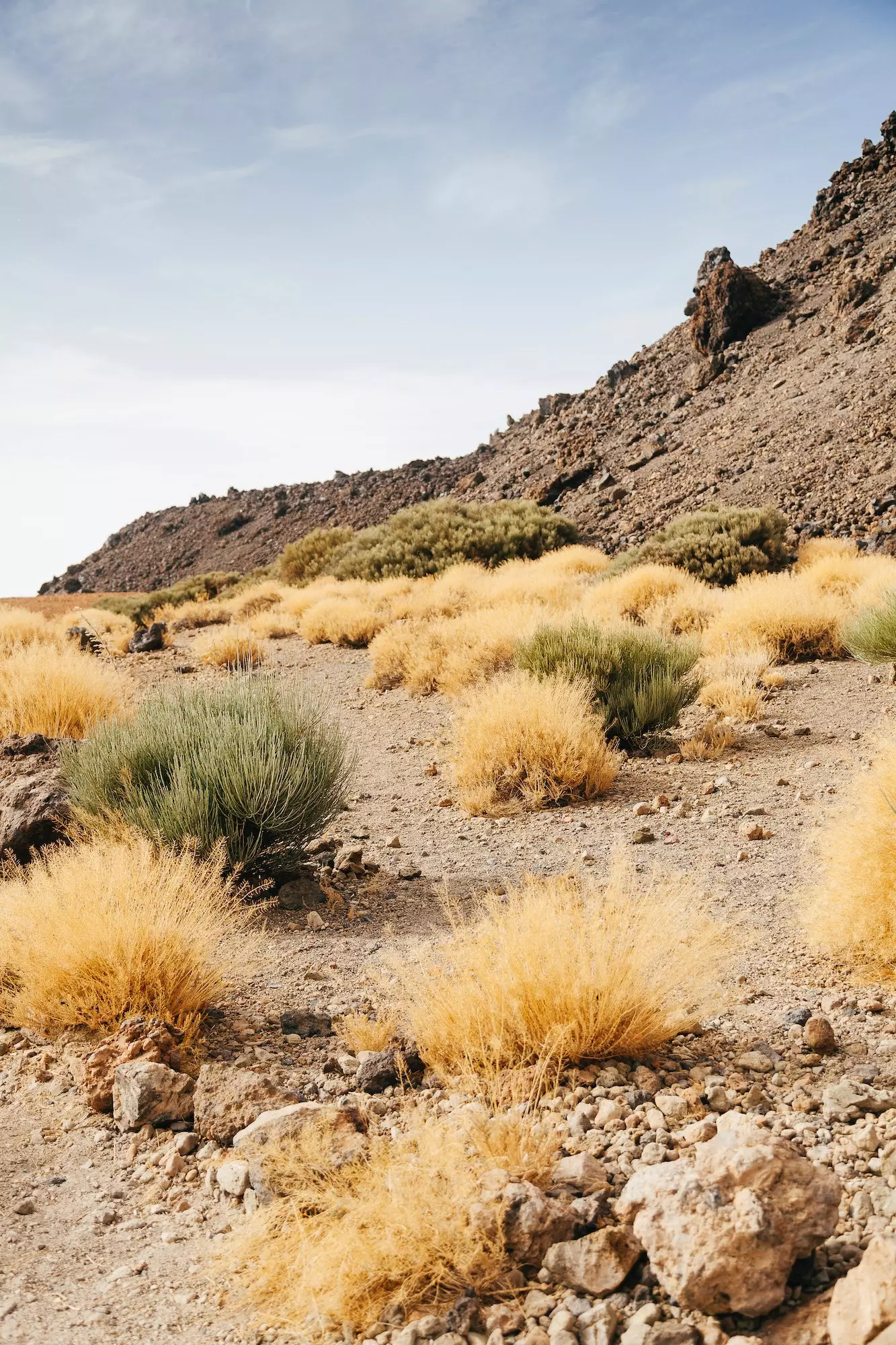
Path that leads to the Pico del Teide.
The expedition walked a long way before ascending Teide. They lined up the Camino de Chasna, an old ravine that in pre-Hispanic times it was the most important communication channel between the north and the south of the island. The path, narrow and rocky, runs close to the Dornajito Ravine and ends in Portillo, in the Cañadas del Teide, the entrance to the national park which is reached today by car. Here, a road borders the Thyme Mountain, in the past very frequented by ice collectors and illustrious travelers, until you reach the Montaña Blanca, a plateau the color of pumice stone at the end of which rises a basalt-colored summit.
Scattered on the slope, a pile of black balls of sizes between three and six meters threaten to start rolling. They get the technical name of accretion Balls, but here they are known as “Teide eggs” and they are formed when lava runs down a very steep slope and the already solidified fragments roll on the still molten surface, accumulating layers of lava just like a snowball would. Behind these giant marbles you can guess two large tongues of petrified lava which the path to the summit climbs.
Much harder to see is the violet of Teide, one of the few plants that survive in this desolate place. To do this, it spends the harshest seasons underground, emerging only for a few weeks in spring to reproduce.
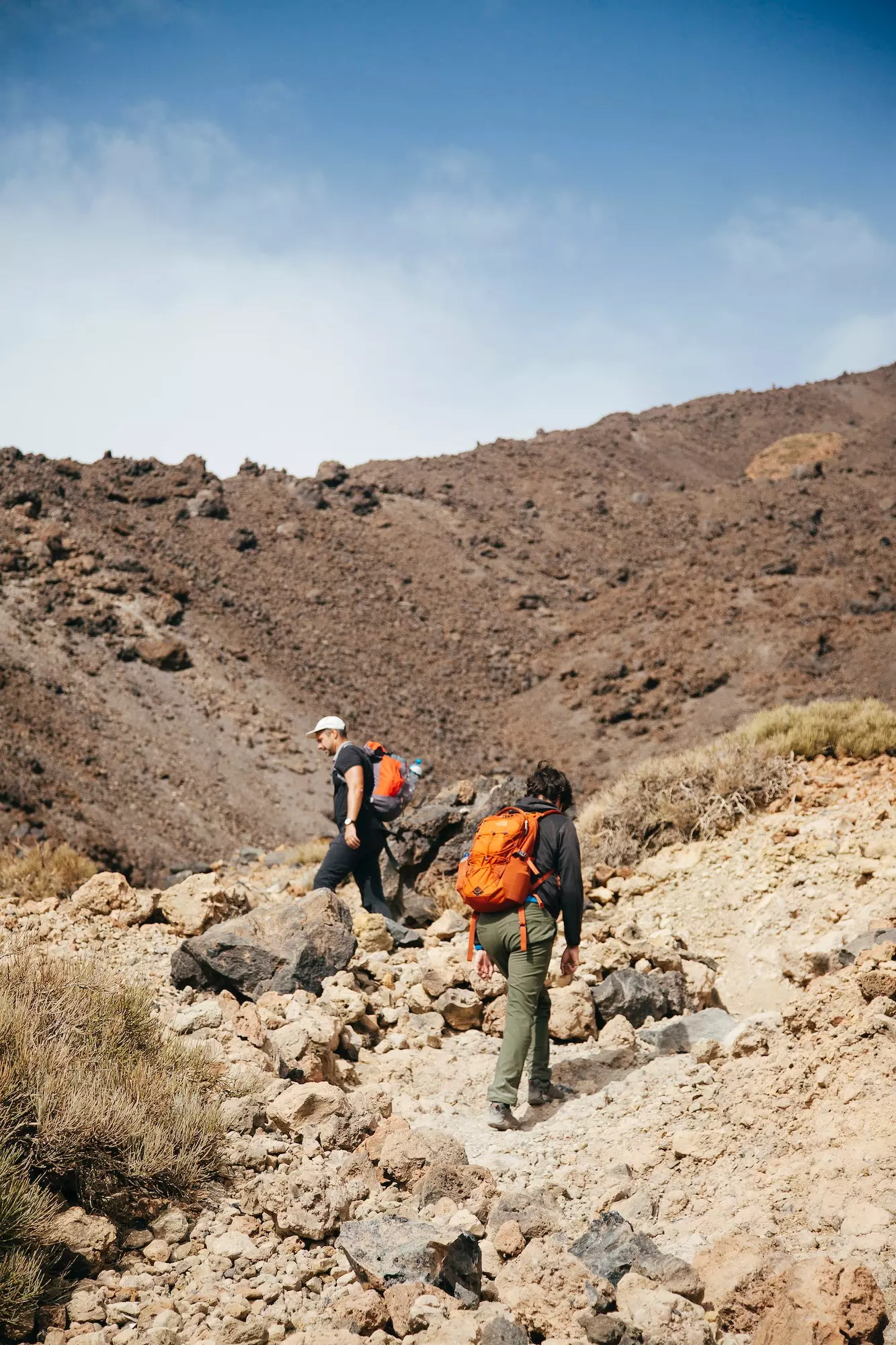
Hikers walking the final stretch to the Pico del Teide.
During the expedition, in addition to dealing with the discouragement of the guides –tired, they secretly got rid of the collected material and refused to reach the summit for fear of the sulphurous sputum of the mountain–, Humboldt spent the night in what is known as the Estancia de los Ingleses (2,975 m), in the Llano de la Retama and he passed the platform where, in 1856, Piazzi Smith and Jessie Duncan installed a astronomical Observatory. He crossed the Malpais, a land devoid of topsoil and covered with fragments of lava, and arrived at la Rambleta, the edge of the first crater (3,550 meters). Nine centuries ago Teide ended here.
The final growth spurt was given in the Middle Ages thanks to a series of eruptions that, with the accumulated remains, created a new peak. Today it is the place where hikers get off the Cableway and face the final stretch of the ascent. At the top of the Teide cone, a desert where only white broom grows, Humboldt measured the refraction of the sun's rays, analyzed the transparency of the air, the visibility of the horizon and the formation of mist.
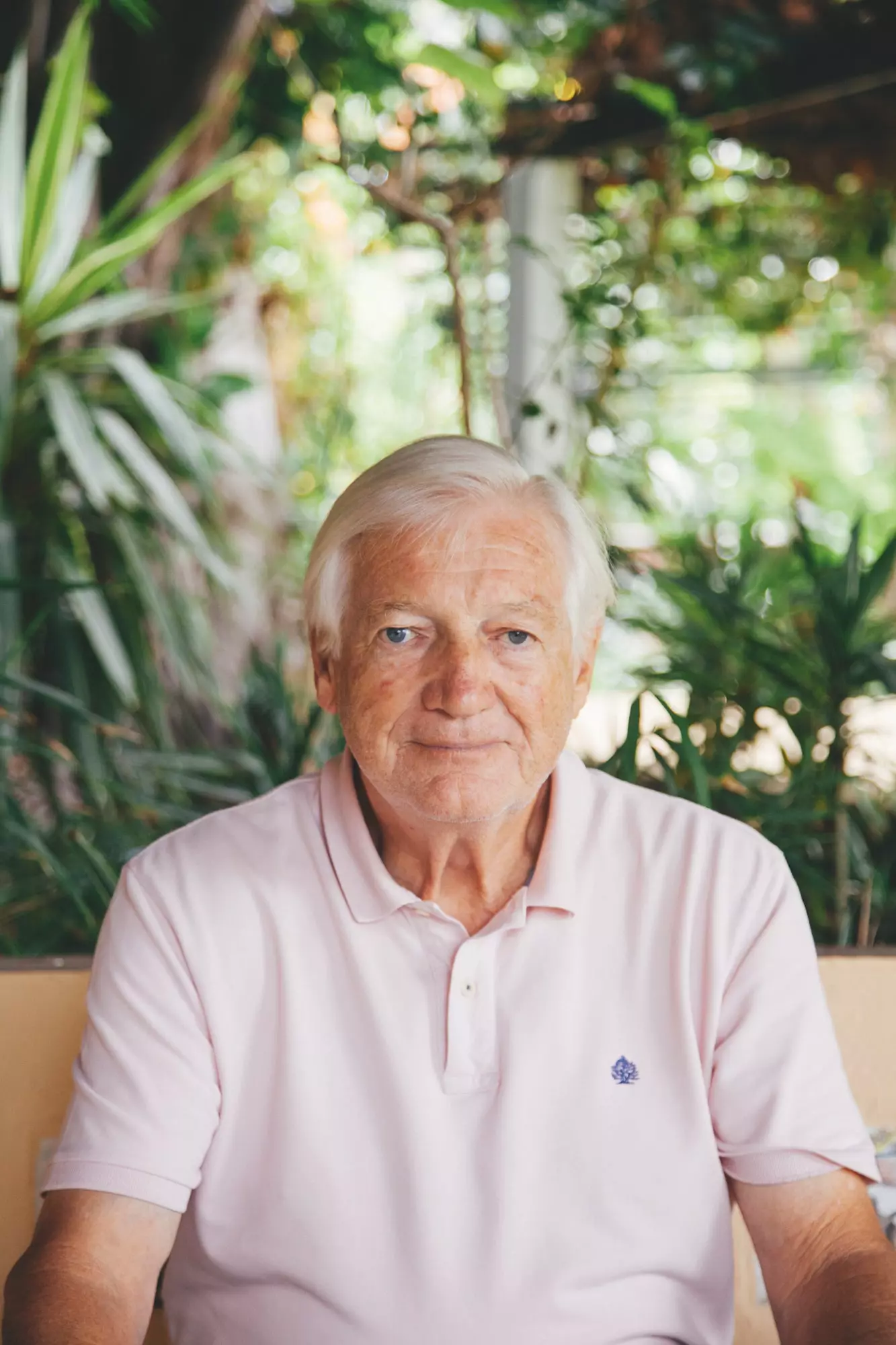
John Lucas, current owner of Sitio Liter, formerly known as Little's Place. It is the largest orchid garden on the island.
In Puerto de la Cruz, Humboldt and Bonpland stay again in the beach house of the Cologans and they go to the party organized in his honor by the Scottish merchant Archibald Little in his house, Little's Place. The farm is now called Sitio Liter and its owner, John Lucas, he has turned her into the largest Orchid Garden in Tenerife and also has other tropical species and a 600 year old dragon. It is one of the most historic properties in the Canary Islands and the headquarters of the Humboldt Association.
With the attitude of a avid nomad of unknown places, Humboldt said goodbye to Tenerife on June 25 after six days that seemed many more and those who missed an eruption of the volcano that shades an entire island.
**WHERE TO SLEEP **
The Laguna Grand Hotel (Nava y Grimón 18, San Cristóbal de La Laguna, tel. 922 10 80 80).
Before, it was a teaching school and a tobacco factory and that history is felt when entering and crossing its central patio, around which some of the rooms and the bar follow one another.
Hotel Marquesa (Quintana, 11, Puerto de la Cruz, tel. 922 38 31 51).
The house of the Cologon family is today a beautiful and emblematic hotel that preserves that aristocratic luster of the past.
Francy's Suites (Viera, 30, La Orotava, tel. 639 58 58 57).
The rooms of this charming hotel are located in the Casa Franchy. Its porch, garden and pool make one not want to leave.
Altavista Refuge (TF-21, km 40, Teide National Park).
A high-mountain mansion with 54 beds, to reach the summit of the Pico del Teide at dawn (before 9 a.m., you will not have to request permission). It is necessary to book in advance and bring provisions.
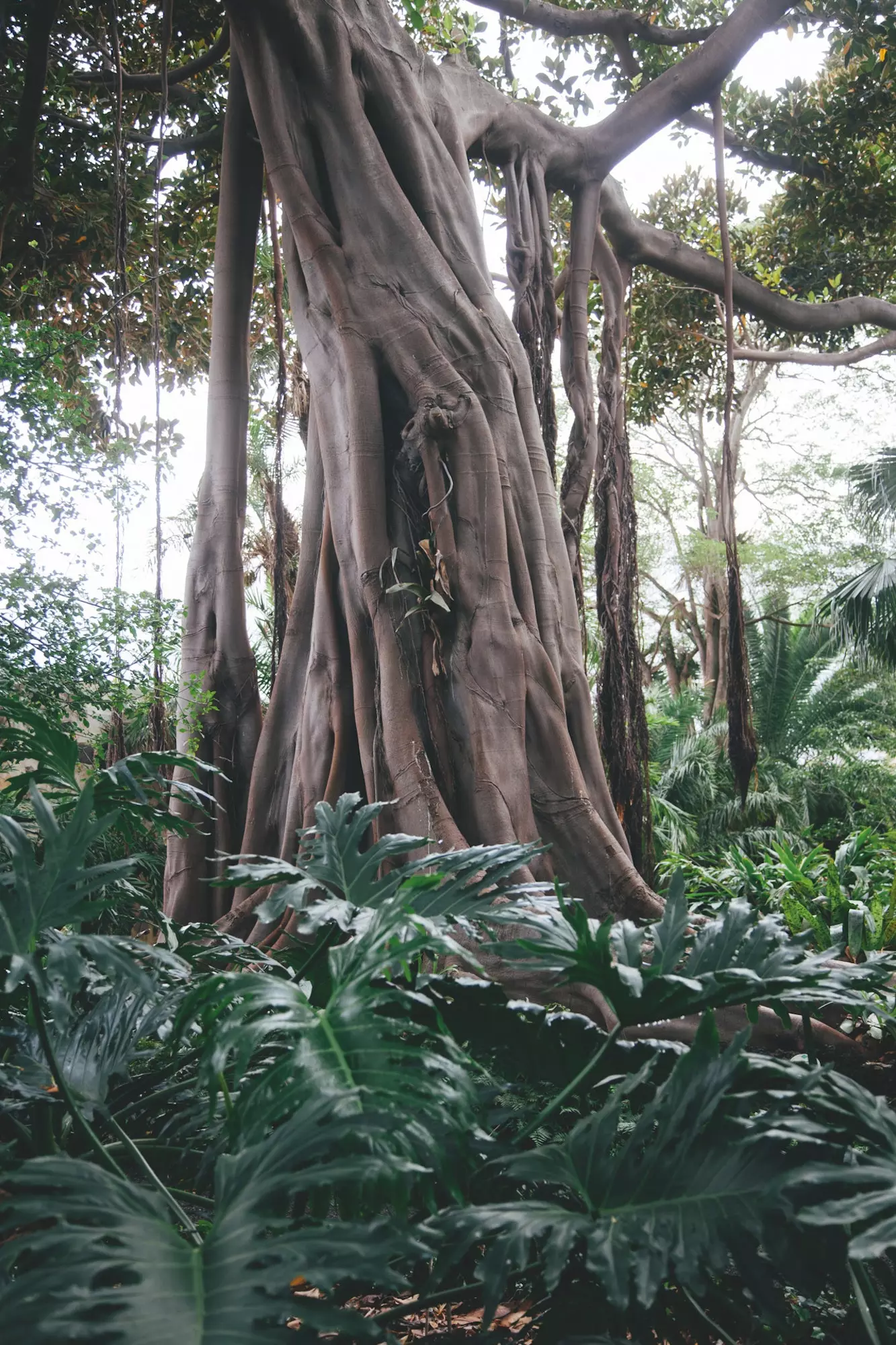
Laurel de indias in the Botanical Garden of Puerto de la Cruz.
WHERE TO EAT
The Holy Cross Herb (Carnation, 19, Santa Cruz de Tenerife, tel. 922 24 46 17).
Canarian stew, Gomeran almogrote, wrinkled potatoes with mojo picón... Popular recipes in a century-old house.
the brotherhood (Las Lonjas, 5, Puerto de la Cruz, tel. 922 38 34 09).
Fish and rice with views of the black sand beach of the Pier
**CULTURAL SUITCASE **
Three books to see Tenerife with the eyes of a naturalist: Alexander von Humboldt, his week in Tenerife, by Alfred Gebauer (Ed. Zech); Alexander von Humboldt. The longing for the unknown, by Maren Meinhardt (Ed. Turner) and The invention of nature. The New World of Alexander von Humboldt, by Andrea Wulf (Ed. Taurus).
